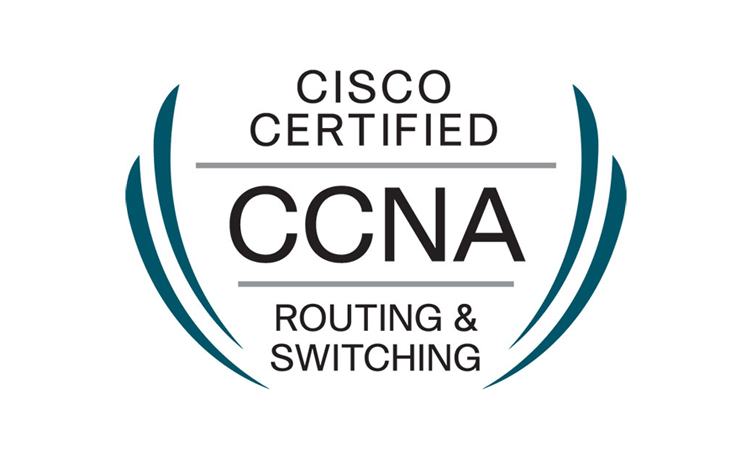
On this page, you’ll find a Free Study guide about Implementing and Administering Cisco networks (200-301). This will help you to prepare Cisco (200-301) exams and practice all well known topics. All those topics list You can find below.
1. Network Fundamentals
- Explain the role and function of network components
- Routers
- L2 and L3 switches
- Next-generation firewalls and IPS
- Access points
- Controllers (Cisco DNA Center and WLC)
- Endpoints
- Servers
- Describe characteristics of network topology architectures
- 2 tier
- 3 tier
- Spine-leaf
- WAN
- Small office/home office (SOHO)
- On-premises and cloud
- Compare physical interface and cabling types
- Single-mode fiber, multimode fiber, copper
- Connections (Ethernet shared media and point-to-point)
- Concepts of PoE
- Identify interface and cable issues (collisions, errors, mismatch duplex, and/or speed)
- Compare TCP to UDP
- Configure and verify IPv4 addressing and subnetting
- Describe the need for private IPv4 addressing
- Configure and verify IPv6 addressing and prefix
- Compare IPv6 address types
- Global unicast
- Unique local
- Link local
- Anycast
- Multicast
- Modified EUI 64
- Verify IP parameters for Client OS (Windows, Mac OS, Linux)
- Describe wireless principles
- Nonoverlapping Wi-Fi channels
- SSID
- RF
- Encryption
- Explain virtualization fundamentals (virtual machines)
- Describe switching concepts
- MAC learning and aging
- Frame switching
- Frame flooding
- MAC address table
2. Network Access
- Configure and verify VLANs (normal range) spanning multiple switches
- Access ports (data and voice)
- Default VLAN
- Connectivity
- Configure and verify interswitch connectivity
- Trunk ports
- 802.1Q
- Native VLAN
- Configure and verify Layer 2 discovery protocols (Cisco Discovery Protocol and LLDP)
- Configure and verify (Layer 2/Layer 3) EtherChannel (LACP)
- Describe the need for and basic operations of Rapid PVST+ Spanning Tree Protocol and identify basic operations
- Root port, root bridge (primary/secondary), and other port names
- Port states (forwarding/blocking)
- PortFast benefits
- Compare Cisco Wireless Architectures and AP modes
- Describe physical infrastructure connections of WLAN components (AP,WLC, access/trunk ports, and LAG)
- Describe AP and WLC management access connections (Telnet, SSH, HTTP,HTTPS, console, and TACACS+/RADIUS)
- Configure the components of a wireless LAN access for client connectivity using GUI only such as WLAN creation, security settings, QoS profiles, and advanced WLAN settings
3. IP Connectivity
- Interpret the components of routing table
- Routing protocol code
- Prefix
- Network mask
- Next hop
- Administrative distance
- Metric
- Gateway of last resort
- Determine how a router makes a forwarding decision by default
- Longest match
- Administrative distance
- Routing protocol metric
- Configure and verify IPv4 and IPv6 static routing
- Default route
- Network route
- Host route
- Floating static
- Configure and verify single area OSPFv2
- Neighbor adjacencies
- Point-to-point
- Broadcast (DR/BDR selection)
- Router ID
- Describe the purpose of first hop redundancy protocol
4. IP Services
- Configure and verify inside source NAT using static and pools
- Configure and verify NTP operating in a client and server mode
- Explain the role of DHCP and DNS within the network
- Explain the function of SNMP in network operations
- Describe the use of syslog features including facilities and levels
- Configure and verify DHCP client and relay
- Explain the forwarding per-hop behavior (PHB) for QoS such as classification, marking, queuing, congestion, policing, shaping
- Configure network devices for remote access using SSH
- Describe the capabilities and function of TFTP/FTP in the network
5. Security Fundamentals
- Define key security concepts (threats, vulnerabilities, exploits, and mitigation techniques)
- Describe security program elements (user awareness, training, and physical access control)
- Configure device access control using local passwords
- Describe security password policies elements, such as management, complexity, and password alternatives (multifactor authentication, certificates, and biometrics)
- Describe remote access and site-to-site VPNs
- Configure and verify access control lists
- Configure Layer 2 security features (DHCP snooping, dynamic ARP inspection, and port security)
- Differentiate authentication, authorization, and accounting concepts
- Describe wireless security protocols (WPA, WPA2, and WPA3)
- Configure WLAN using WPA2 PSK using the GUI
6. Automation and Programmability
- Explain how automation impacts network management
- Compare traditional networks with controller-based networking
- Describe controller-based and software defined architectures (overlay, underlay, and fabric)
- Separation of control plane and data plane
- North-bound and south-bound APIs
- Compare traditional campus device management with Cisco DNA Center enabled device management
- Describe characteristics of REST-based APIs (CRUD, HTTP verbs, and data encoding)
- Recognize the capabilities of configuration management mechanisms Puppet, Chef, and Ansible
- Interpret JSON encoded data
I hope, this course will help you to get most of the information about Cisco network and learn that deeply.